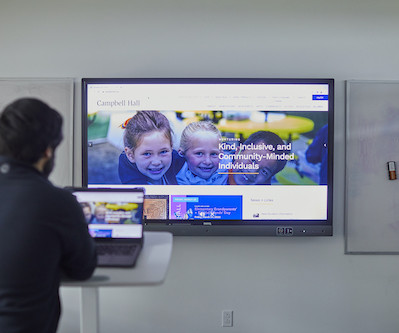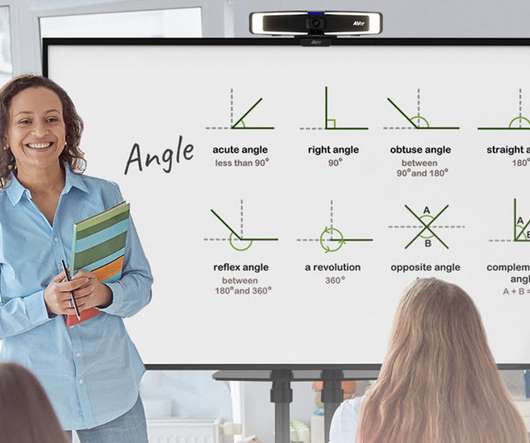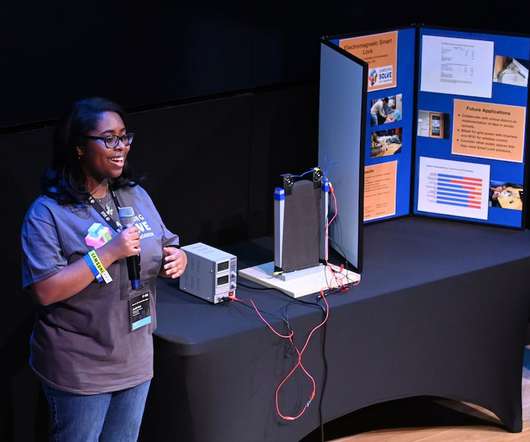6 tips to help start an elementary esports program in your school
eSchool News
DECEMBER 29, 2022
Not surprisingly, many of this year’s Top 10 focused on innovative ways to engage students, digital resources, and online and hybrid learning strategies related to post-pandemic teaching. These benefits only scratch the surface of the positive consequences for students participating in scholastic esports.













Let's personalize your content